Usability Testing
You want to check the usability of your product? In a usability test you learn how your target group really uses your product and how you perfectly adapt it to their needs!
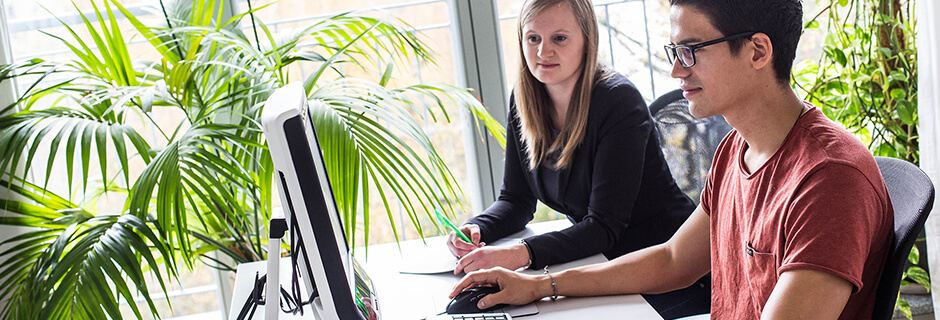
When do we recommend a usability test?
The answer is: almost always. By observing and questioning your target group while they use your product, we find out how you can adapt it even better to their needs. Especially iterative and regular testing helps you optimize your product constantly.
Why is that so important? You and your team know your product well – too well to assess how your users get along with it. Professionally conducted usability tests provide the answer to that question.
-
Testing prototypes
Are you developing a new product or planning a revision of your existing product and want to make sure that it is user-friendly?
-
Agile product development
Do you want to regularly check the usability of your product during your agile product development process?
-
Optimizing existing products
Do you want to identify the causes of problems or simply evaluate the status quo in terms of usability for your product?
What can be tested?
In principle, all technical products, systems, and machinery that are equipped with a user interface and that are supposed to offer an easy and intuitive user experience.
Examples for fields of applications and test objects:
-
Websites
Web Portals, Online Shops, Web Apps, Intranet, ...
-
Mobile
Apps, Tablets, Smartphones, E-Readers, ...
-
Prototypes
Low-fidelity Prototypes, Scribbles, Mockups....
-
Smart Home Appliances
Smart Home, Ambient Assisted Living, ...
-
Domestic Appliances
Washing Machines, Microwaves, ...
-
Home Entertainment
TVs, SmartTVs, Gaming Consoles, ...
-
Software
Applications, Games, ...
-
Medical Technology
Geriatric care, Hospital technology, ...
-
Interactive Kiosks
Terminals, Vending Machines, POS, ...
-
Voice Interfaces
Voice Assistants, Voice Control Features, ...
How do we conduct usability tests?
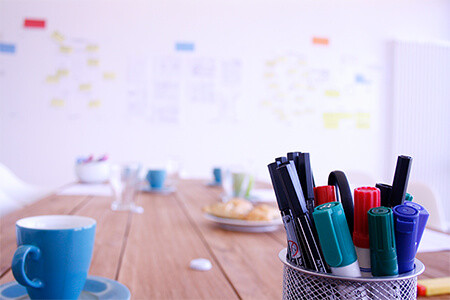
Project kickoff
We want to understand exactly which questions you want to answer with the usability test. In the kickoff meeting with you we define the objectives and the appropriate procedure for the testing – either on-site or via remote video conference.
You follow agile frameworks like scrum? We flexibly adapt our approach to your development processes. For the testing of early drafts we are happy to support you by creating clickable prototypes.

The right target group
It is crucial for the success of the usability test to recruit participants that are representative for your target group. In our extensive database, that we have built up over many years, we will find suitable participants – no matter if you need digital natives for a shopping app or employed workers for a tax software. Even special and hard to recruit target groups are no problem for us.

High-quality testing
Let’s start! The usability test can take place at a usability lab, in the context of use of your product or as a remote session. You can observe the tests live and discuss your thoughts with our UX professionals. Depending on your research questions, unmoderated usability tests are possible, too.
To complement the usability test, we can also track the participants' gaze (Eye Tracking) and collect quantitative metrics (e.g. time to task) as UX KPIs.

Results and solutions
There are different ways of evaluating the results of the usability test, depending on your needs. From the collaborative evaluation after each test session (on-site or remote), with a photo protocol as documentation that you can take with you on the same day, to an extensive usability report with highlight video – together with you we determine what helps you most.
And we do not leave you alone with the problems! In a joint workshop, we communicate the identified usability issues to all project stakeholders and present concrete recommendations for solving them. In addition, our UX Design team will be happy to support you in developing design solutions.
How and where can we test?
- Test studio: fully equipped usability lab
- Context of use: mobile usability lab on the road, at the users’ home or at your site
- Remote: Directly on the participants’ devices – not matter where they are
- Follow all sessions live
- Nationwide or international testing in cooperation with our partners
- Always tailored to your needs

Test studio

Context of use

Remote

Eye Tracking

Individual
Remote mobile usability test
We can conduct remote usability tests not only on desktop but also on mobile devices, like smartphones, without the participants having to come to our test studio.
-
Experience real mobile interaction
Participants will use your app or website on their own mobile device or will have access to our devices via screensharing.
-
Moderated or unmoderated usability tests
We can conduct both moderated and unmoderated usability tests.
-
Highest data protection compliant with GDPR
GDPR compliant protection of sensitive and personal data.
-
Specific target group
Recruitment from our panel or from your costumer base.
What can we find out with a usability test?
-
Ease of use
Are the users able to solve core tasks without experiencing problems?
-
Information architecture
Can important information be found easily?
-
Content
Is the content comprehensible and well-structured?
-
Structure
Does the interface guide the user well through specific processes?
-
Termination points
Are there any parts in the interface that cause the users to fail?
-
Joy of Use
Is it fun to use the application/the product?
Example projects for usability tests
Customer voices about usability testing
Other interesting usability methods
All methodsWhat do I get out of usability measures?
-
Satisfied customers and users
Higher customer loyalty, reduced bounce rates
-
Better product quality
Easy to use products, reduced errors
-
Increased revenue and profit
Conversion rate optimization
-
Increased productivity
Employees, working efficiency, less operation errors
-
Decreased development time and costs
More agile processes, avoidance of failing products
-
Decreased support & training costs
Intuitive-to-use products that do not require any training
-
Win new customers by reducing exit rates
Reduced bounce rate through landing page optimization
-
User Experience as a positive product feature
Competitive differentiation


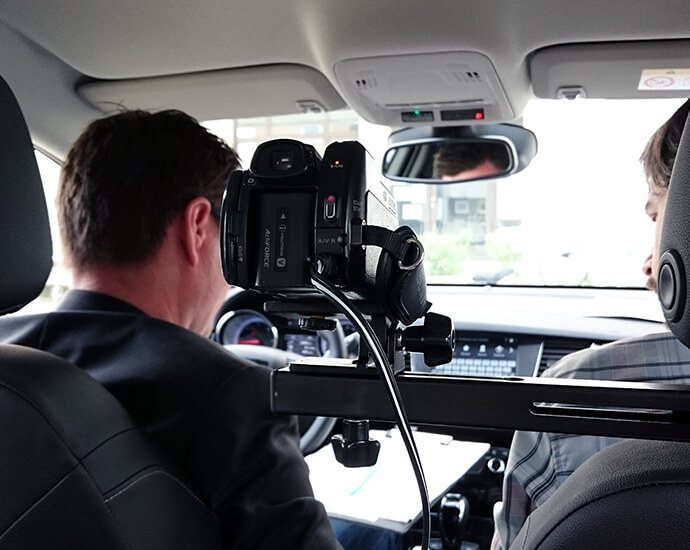

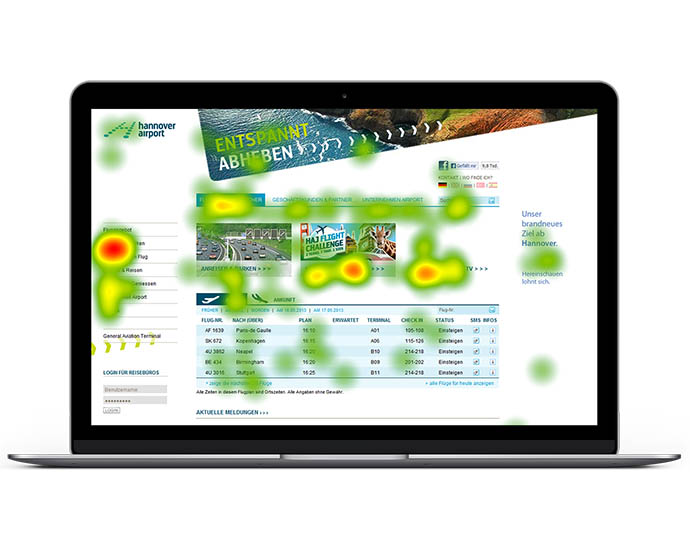

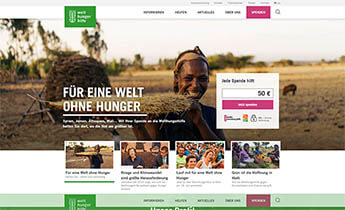 Welthungerhilfe: Usability-Test
Welthungerhilfe: Usability-Test  Diakonie Katastrophenhilfe: Website Relaunch
Diakonie Katastrophenhilfe: Website Relaunch 




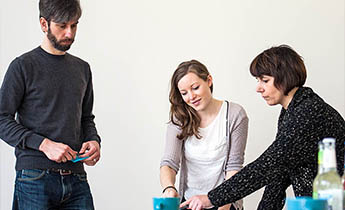 Agile UX-Testing
Agile UX-Testing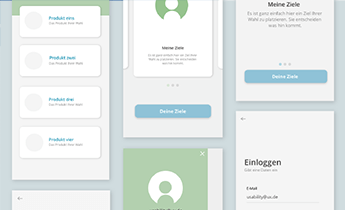 UX Design
UX Design Contextual Inquiries
Contextual Inquiries Expert Review
Expert Review